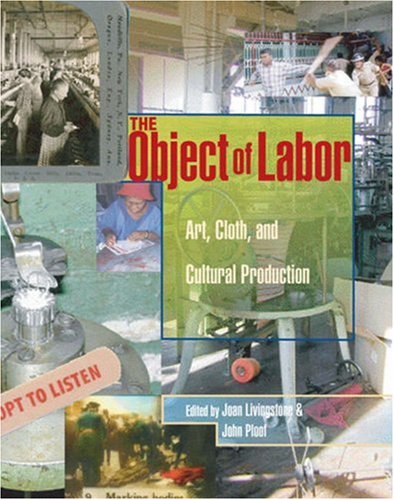A couple of weeks ago I was at a ‘Long Table’ discussion on Technology and Democracy at [ space ] in Hackney. The ‘Long Table’ format was led by Lois Weaver (I now note the name although didn’t at the time) and took the form of a simulated dinner art where the participants chatted about the topic. We were invited to write on the table cloth as we posed questions or espoused viewpoints – this later became part of the Not Quite Yet exhibition opening the next day.
Because of the table cloth sitting in front of me I was reminded of the role textiles have played both as significant technology themselves and in the development of technological society. It was the spinning jenny and the cotton mills that created the industrial revolution and it was needle manufacturing that was the inspirations for Adam Smith‘s division of labour. In the context of the discussion of ‘democracy and technology this is particularly poignant. Before the factories spinning and weaving were skilled cottage industries described so well in Silas Marner [G|A] and the importance of the textile factory was as more about exerting control over production than about efficiency of production.
 Today a book arrived from The Book Depository for Fiona “The Object of Labour: Art, Cloth and Cultural Production”. It is a majestic tome and I’m looking forward into dipping into it sometime. It says it explores the “personal, political, social, and economic meaning of work through the lens of art and textile production”. Interesting its 408 pages are covered in words and the etymology of ‘text’ itself from Latin texere to weave 🙂
Today a book arrived from The Book Depository for Fiona “The Object of Labour: Art, Cloth and Cultural Production”. It is a majestic tome and I’m looking forward into dipping into it sometime. It says it explores the “personal, political, social, and economic meaning of work through the lens of art and textile production”. Interesting its 408 pages are covered in words and the etymology of ‘text’ itself from Latin texere to weave 🙂
Somehow whilst my mind wandered over this I came to ponder the term material culture (maybe because have recently been re-reading Malfouris “The cognitive basis of material engagement” and Mike Wheeler’s response to it “Minds, Things, and Materiality“). The word ‘material’ has many meanings ‘raw materials’ for industry, ‘material evidence’ in law … but if you say the word to a person in the street ‘material’ means simply cloth. So interesting that cloth has played such a strong part in material culture and is ‘material’ itself.
This led me to wonder about the words (like text and textile) when the special meaning of material as cloth arose or even of they have different roots. Turning to the Shorter OED I looked up the definition of ‘material’. It is long, over half a column The etymology is again from Latin materia – matter – and there are meanings related to that (as in material culture), the legal and philosophical meanings, the sense of documents or sources used for writing, indeed the implements of writing ‘writing materials’ … but nowhere material as simply cloth, not even in the addenda of recent words.
The most common meaning of material, the most mundane, the one that sits next to my skin as I write – forgotten, written out of the dictionary, as the hand-loom weavers were written out of industrial production.
Pingback: loveFibre » TIF Challenge June 1